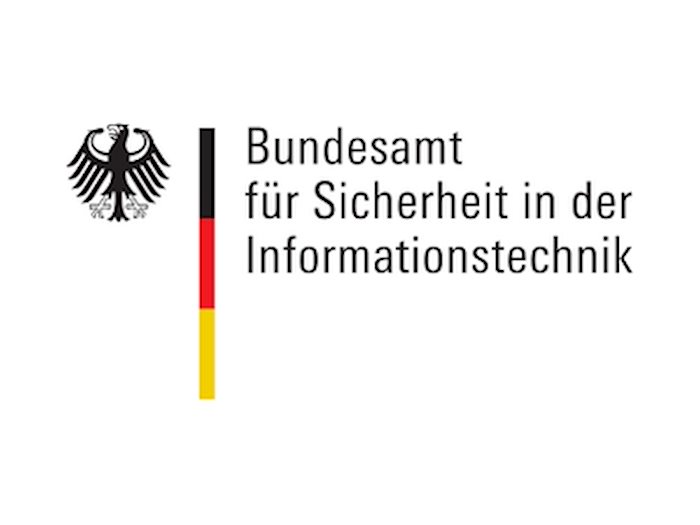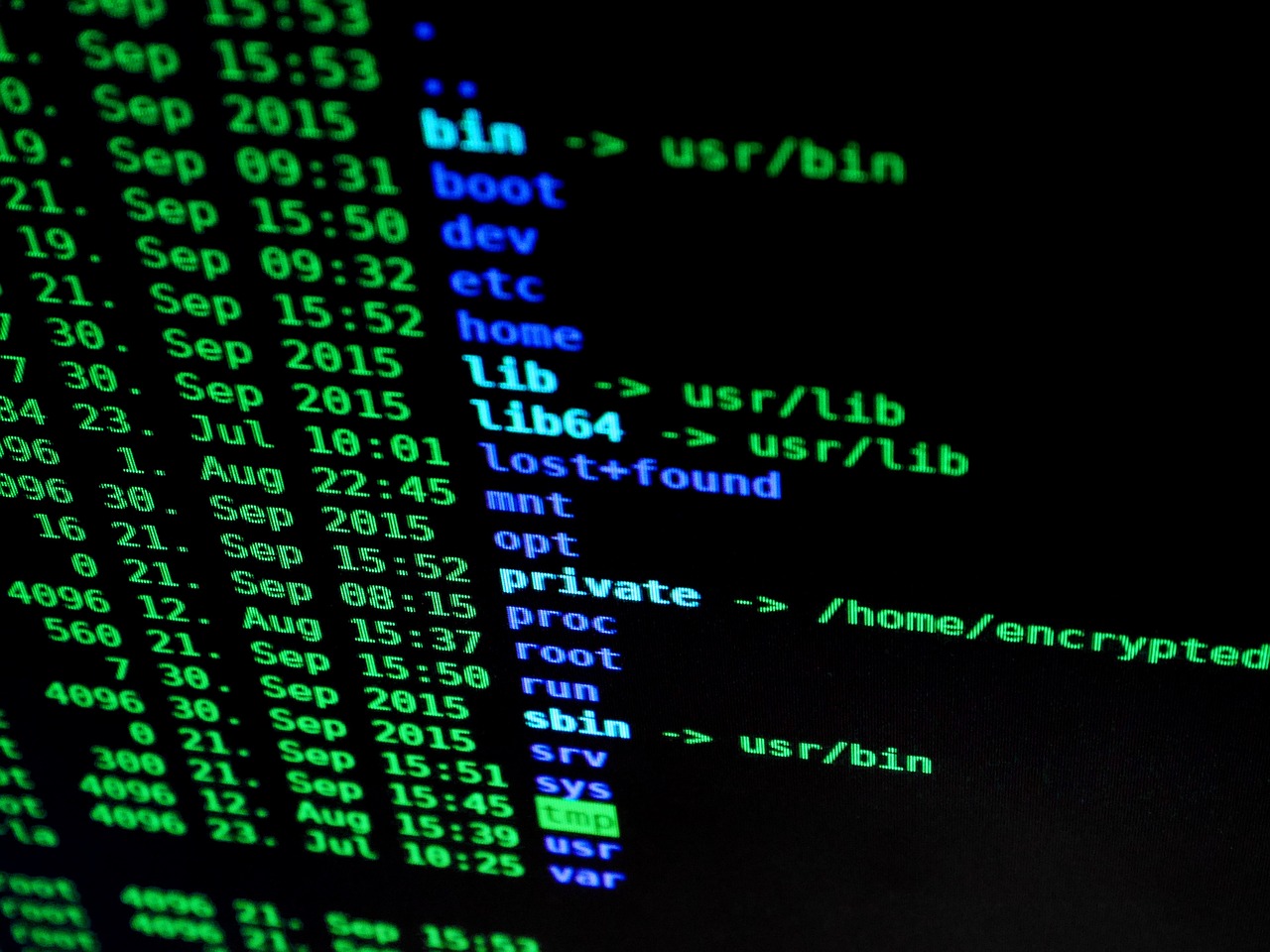
“Modern, intelligent answers are needed to the technological questions and challenges of our time. With the speed at which high-performance computers are developing, the post-quantum threat is very real,” says BSI President Claudia Plattner, assessing the situation. “We must make targeted use of Germany’s existing excellent technological expertise to increase cyber security. I am delighted that we are pulling together with our international partners. Our joint appeal to companies and institutes: Take steps towards quantum-safe encryption today.”
Two fundamentally different approaches to quantum-safe encryption are being discussed. In addition to post-quantum cryptography (PQK), this is quantum key distribution (QKD). From the perspective of the BSI and its international partners, QKD technology has many limitations in its current state. For example, special hardware is required as QKD cannot be implemented on conventional hardware. This leads to high costs. In addition, the short range due to signal loss in the fiber optic cable further restricts the area of application. Due to the high costs, the use of QKD technology would only be justifiable in future in situations where specific safety requirements justify the costs and less expensive options cannot be implemented. The BSI believes that research in the field of QKD technology should be driven forward in order to overcome the aforementioned limitations. However, its use at the present time is limited to a few niche applications. Even in applications where the use of QKD would be suitable, the technology is not sufficiently mature to fulfill all security-relevant aspects.
PQK, on the other hand, can be implemented on classic hardware and is available at short notice: The first standards developed in a process organized by the US NIST are expected to be published in 2024.
The authorities involved are therefore unanimously in favour of focusing on post-quantum cryptography when migrating to quantum-safe encryption methods.
Depending on the use case, it should be considered early and continuously – adapted to current developments – as part of a measured risk management process whether and when a switch to quantum computer-resistant methods should be made. In its recommendations for action, the BSI outlines measures on how a migration to post-quantum cryptography can be initiated today.
– – – – – –
Further links
👉 www.bsi.bund.de
👉 Position Paper on Quantum Key Distribution
Photo: pixabay




